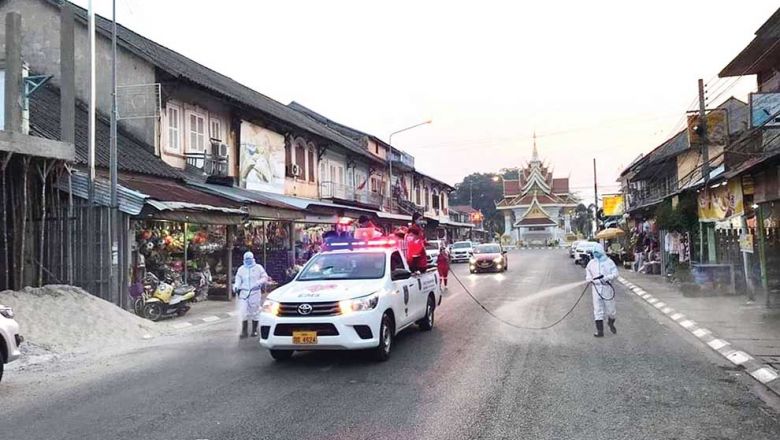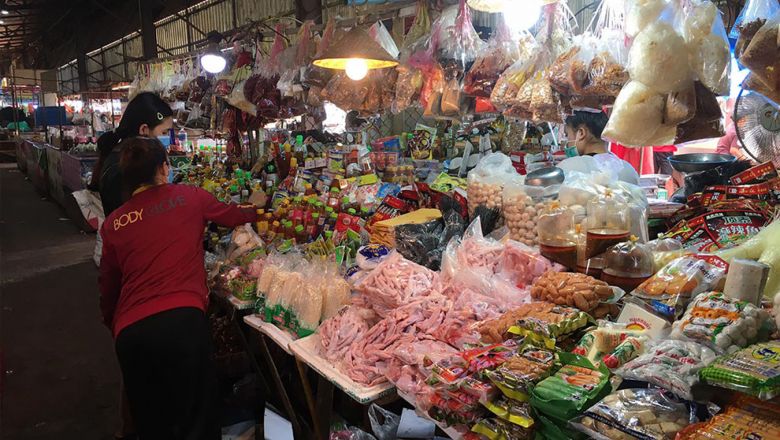Asean nations mull changes to telecoms spectrum use
Asean nations mull changes to telecoms spectrum use
The growing demand for wireless broadband connectivity and the need for additional spectrum has made it necessary to devise a better management policy.
The issue is being discussed at the fifth meeting of the Asean Spectrum Policy Forum (ASPF-5) and workshop on re-farming 2G bands 800/900/1800MHz.
Laos is hosting the meeting, which is taking place in Vientiane from March 18-19.
The meeting is chaired by Deputy Minister of Posts and Telecommunications, Mr Thansamay Kommasith, co-chair of the ASPF, Europe, Mr Ruprecht Niepold, and co-chair of the ASPF, Asean, Mr Le Van Tuan. Participants come from Asean member states.
The main objective of the workshop is to consider the issues associated with making spectrum that is currently used to provide 2G mobile service, for example the 800MHz, 90 MHz and 1,800MHz bands, available for new technologies including 3G and 4G.
This so-called re-farming of spectrum can generate significant benefits - particularly for consumers benefiting from advanced mobile data services.
But it also requires consideration of a number of technical issues, e.g. in-band interference and economic challenges, and the potential impact on competition in the mobile market.
The workshop is addressing these challenges and seeks to identify areas of best practice for national governments and regulators to consider, as well as identifying areas where a common Asean approach could be beneficial.
Topics addressed by the meeting are: the issues to be considered in relation to re-farming of 2G spectrum, inventory of re-farming developments to date in the EU and Asean regions, 2G band re-farming strategies and policy considerations, technical interference issues, possible solutions and practical test results, and country case studies on re-farming experiences.
These issues will be illustrated by practical experiences through presentations by Asean and EU speakers. They will then be discussed in an interactive plenary session with a view to formulating recommendations for best practices in re-farming 2G spectrum.
The workshop is important because it will address the interesting issue of how to make the 2G spectrum available for new technologies including 3G and LTE (4G), Mr Thansamay said.
Laos attaches great importance to the development of telecommunications and ICT in the process of its socio-economic development, he added.
Mr Thansamay believes that re-farming the 2G spectrum can generate significant economic benefits, especially for users benefiting from mobile broadband services.
However, re-farming the 2G spectrum is a new issue and will give rise to some technical and regulatory challenges, he added.
















